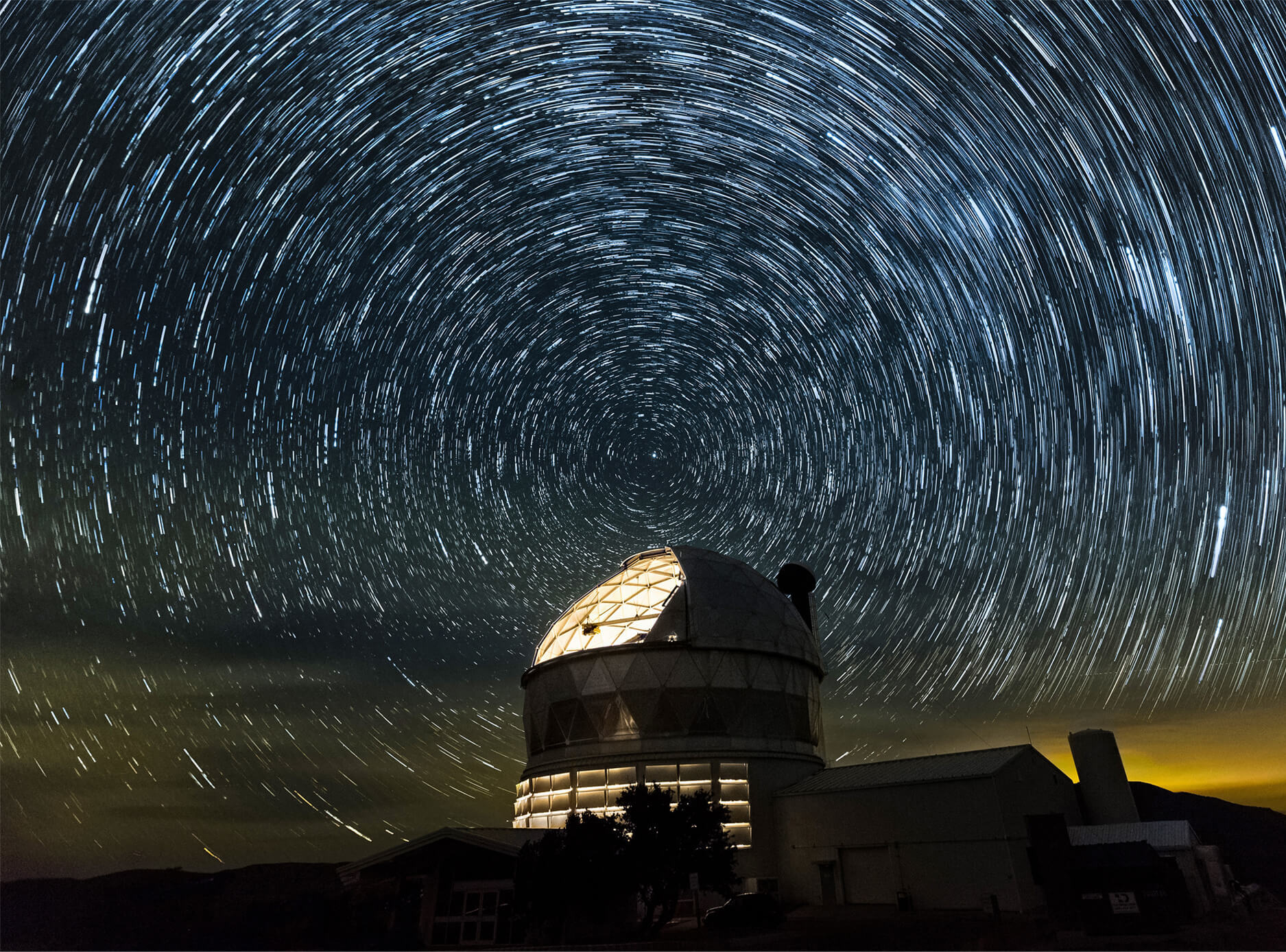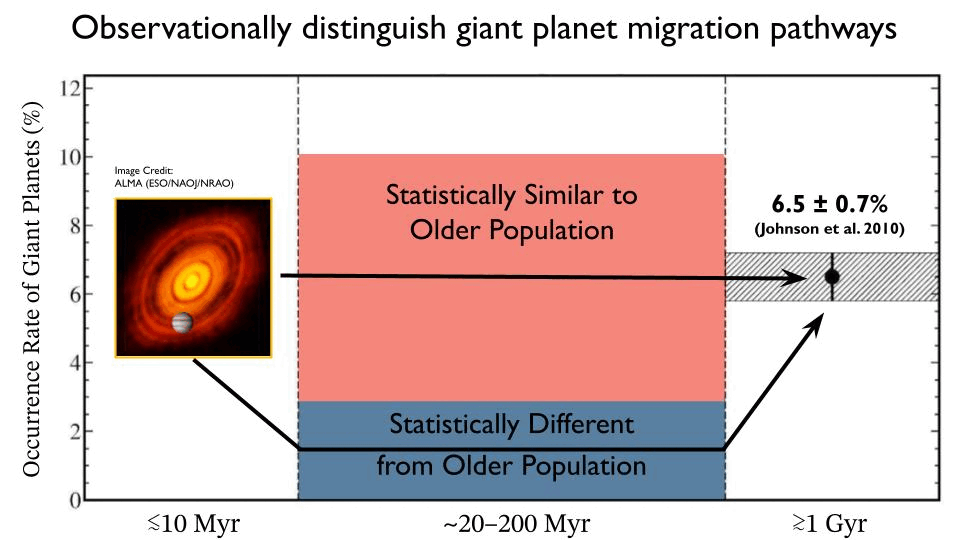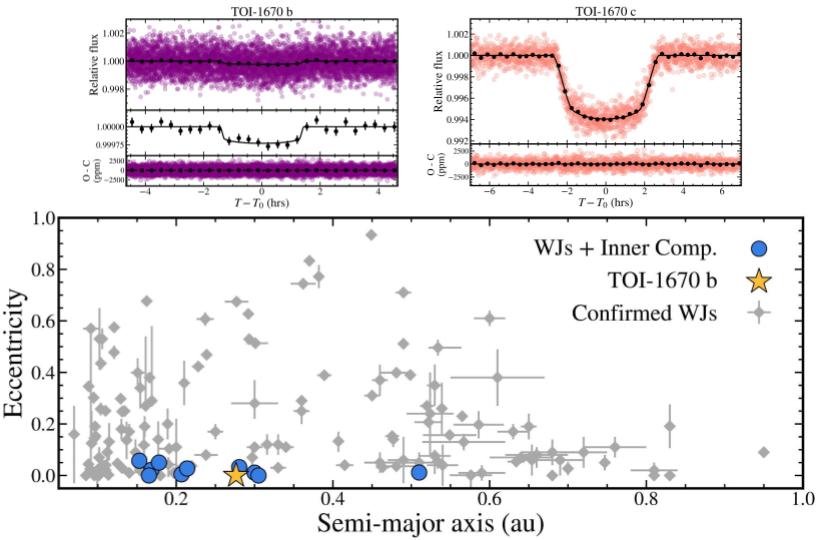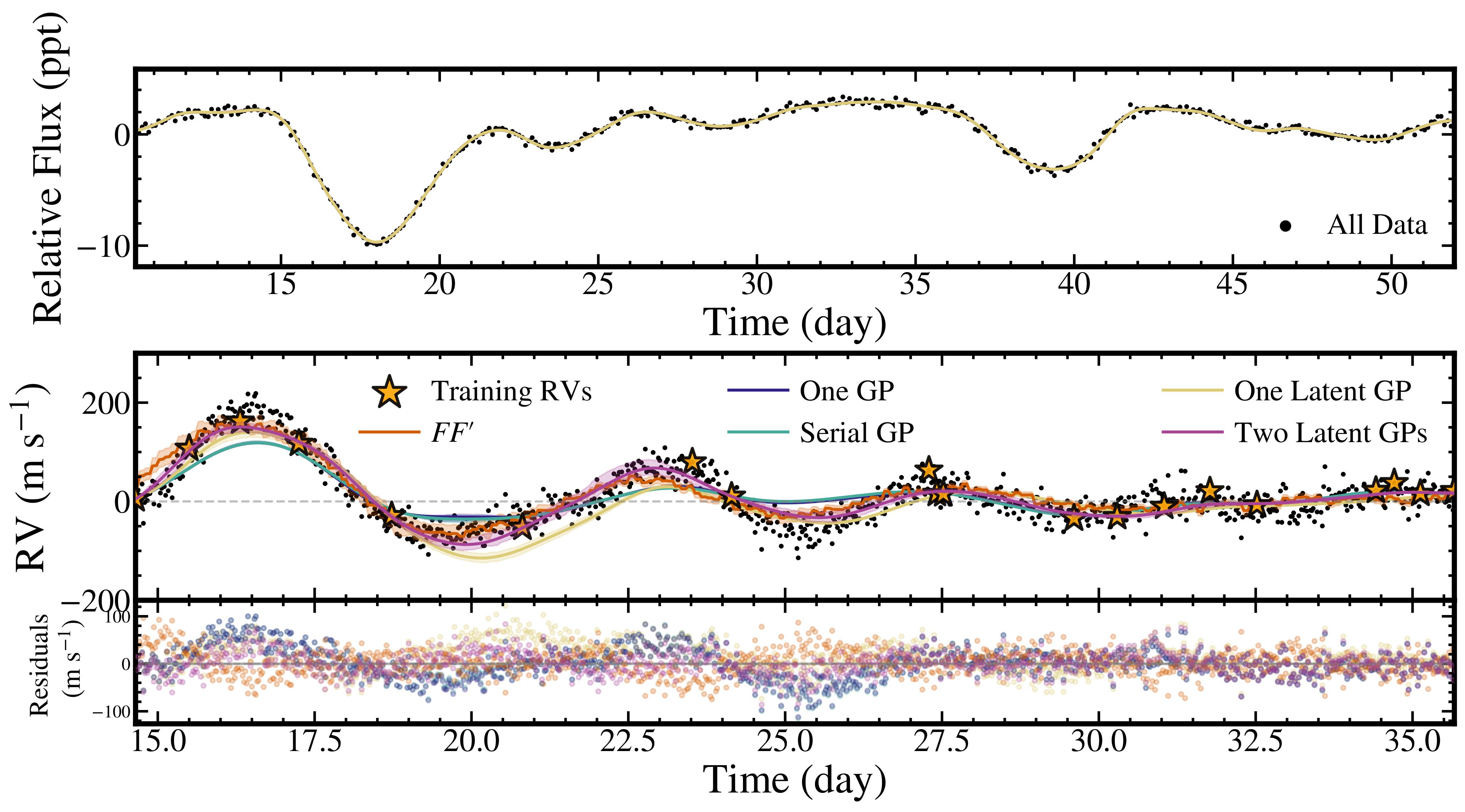Modeling Stellar Activity Signals
(with Gaussian Processes)
Detection limits for low mass, Earth-sized planets and planets around young, active stars are increasingly dominated by intrinsic stellar variability. To conduct population-level inference and detailed individual studies on these interesting systems, we need advanced methods that can distinguish non-dynamical variations from Keplerian motion.
I used the starry (Luger et al. 2019) open software package to simulate quasi-periodic, spot-drive activity signals in photometry and RVs (right, top panel). Then, I created a Gaussian process framework that simultaneously models stellar variability in both photometry and RVs. Using the synthetic dataset above, I demonstrate that this Two Latent GP approach can predict spot-driven RV variations with greater accuracy than other GP approaches (right, bottom three panels). For more information on how to simulate time series with starry or the 2 GP framework, check out the paper below!
 NASA ADS Link
NASA ADS Link






 Full CV [pdf]
Full CV [pdf]